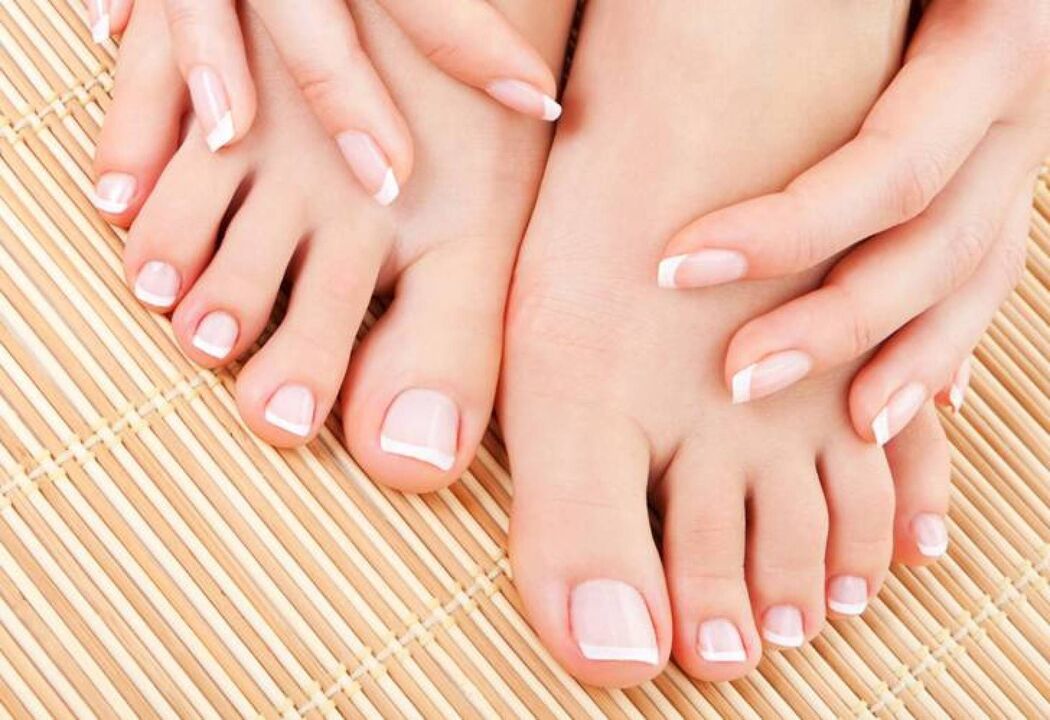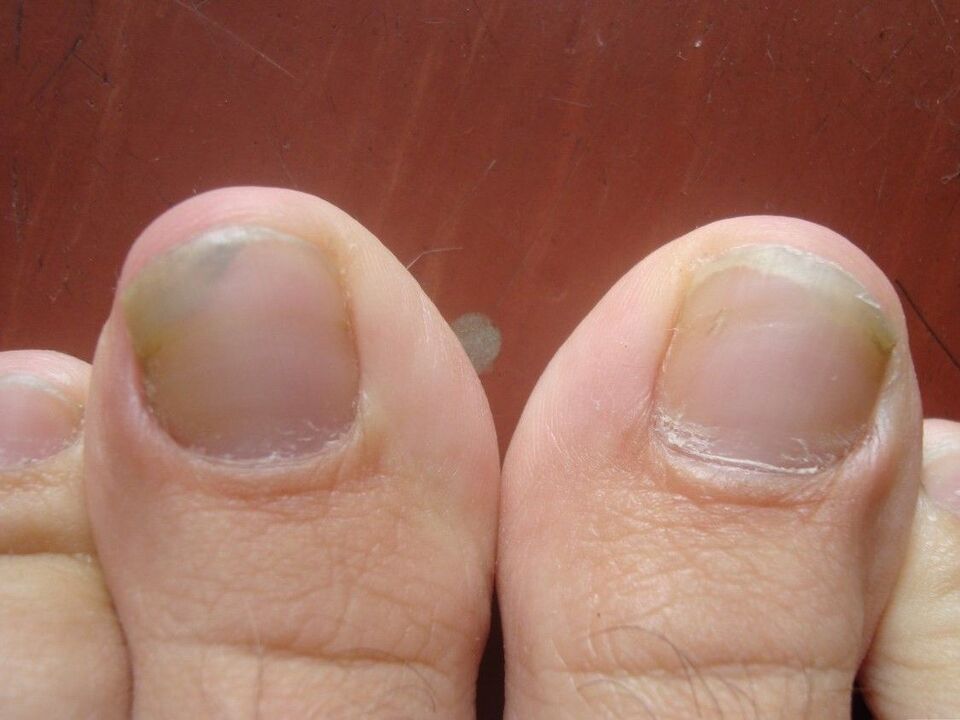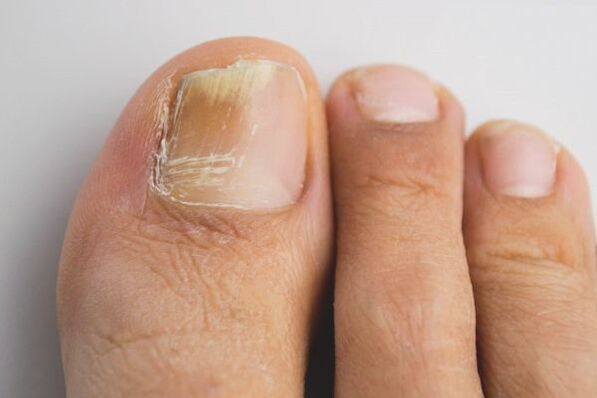- In fact, fungal nail infection is a slow-moving disease that does not lead to life-threatening conditions and does not cause pain or discomfort. It more commonly affects older adults, who often associate changes in appearance with the aging process.
- Patients themselves are often embarrassed by the disease, unprepared to bear the financial costs of treatment, or convinced that the disease is incurable. Many people begin to self-medicate and do not consider the disease a reason to see a specialist.
- Because this disease primarily affects the feet, even during a physical or doctor's exam, questions usually do not directly involve the feet, and no patient specifically complains about changes in the nails. Even in specialized facilities, the time allotted for seeing patients is extremely short, allowing doctors to examine patients only for the primary reason for the visit.
result
- Damage to smooth skin and secondary infection;
- Fungal sensitization, formation of allergic reactions and microbial eczema lesions;
- Complications of chronic skin diseases, varicose veins of lower limbs, diabetic foot lesions, etc.

Causes of onychomycosis
Symptoms of onychomycosis

Diagnosis of onychomycosis
Onychomycosis treatments

Recipe for treating onychomycosis with vinegar

Fungal Causes and Symptoms
- Changes in plate thickness – thickening or thinning;
- foul smell;
- Swelling, congestion, nail fold pain;
- The appearance of stripes or spots of different colors - white, yellow, black;
- Delamination, damage, and deformation of sheets.
- decrease in immunity;
- Regular contact with patients and their belongings;
- Wearing and using other people's clothing and hygiene products - towels, slippers, manicure and pedicure accessories;
- Ignore hygiene rules;
- Increased sweating in the extremities;
- Went to a beauty salon and the disinfectant used was poor.

How does vinegar affect the cause of disease?
therapeutic ointment
- Take the glycerin and any 7% or 9% vinegar and mix everything together. The ingredients must be used in the amount necessary to create a paste-like consistency. Thereafter, apply the finished mixture on your feet about 2 times a day.
- You need to take 1 egg and soak it in 70% vinegar essence. After waiting for the eggshells to dissolve, you need to remove the film and mix the egg whites and yolks with 200 grams of butter. Before applying the ointment, it is recommended to steam your feet first. The retention time is up to 8 hours, so it is best to use the product at night.
- Take equal parts of glycerin, olive oil and dimethyl phthalate. Stir and add double the 70% acetone to the resulting mixture and mix again. Apply to nails, leave for 10 hours, then wash off with laundry soap and water;
- Take 40 grams of eucalyptus essential oil, 1 tablespoon of 9% vinegar and 15 grams of honey, mix everything and put it in the refrigerator for 3 days. Thereafter, the finished ointment must be applied to the affected nail plate once a day.
What causes fungal infections?
Are they genetic?
What are the symptoms of fungal nail infection?
What does a fungal nail infection look like?
How is a fungal nail infection diagnosed?
Can fungal nail infection be cured?
How to treat fungal nail infection?
Treatment options include:
Surgical nail removal
Take care of yourself
- Keep nails short, dry, and clean. Use one pair of scissors to trim the infected nail and another pair to trim the normal nail.
- Don’t just take care of your nails; take care of your nails too. Treat the skin of your feet with an antifungal cream.
- Avoid cutting cuticles yourself or your nail technician as this increases the risk of nail damage and infection.
- Wear shoes that fit comfortably and don't wear high heels or tight socks.
- Keep your feet dry, wear cotton socks and change them daily, and wear breathable shoes. Regular washing with hot water will clean most contaminated socks, but using an antifungal spray before washing can be more effective. Other clothing is generally not contaminated.
- Maintain good foot hygiene, including treating any infections.
- Please wear clean shower shoes when using shared showers.
- Pay special attention to hygiene of the affected feet.
- If thickened toenails cause discomfort when walking, consider seeking help from a podiatrist.
















